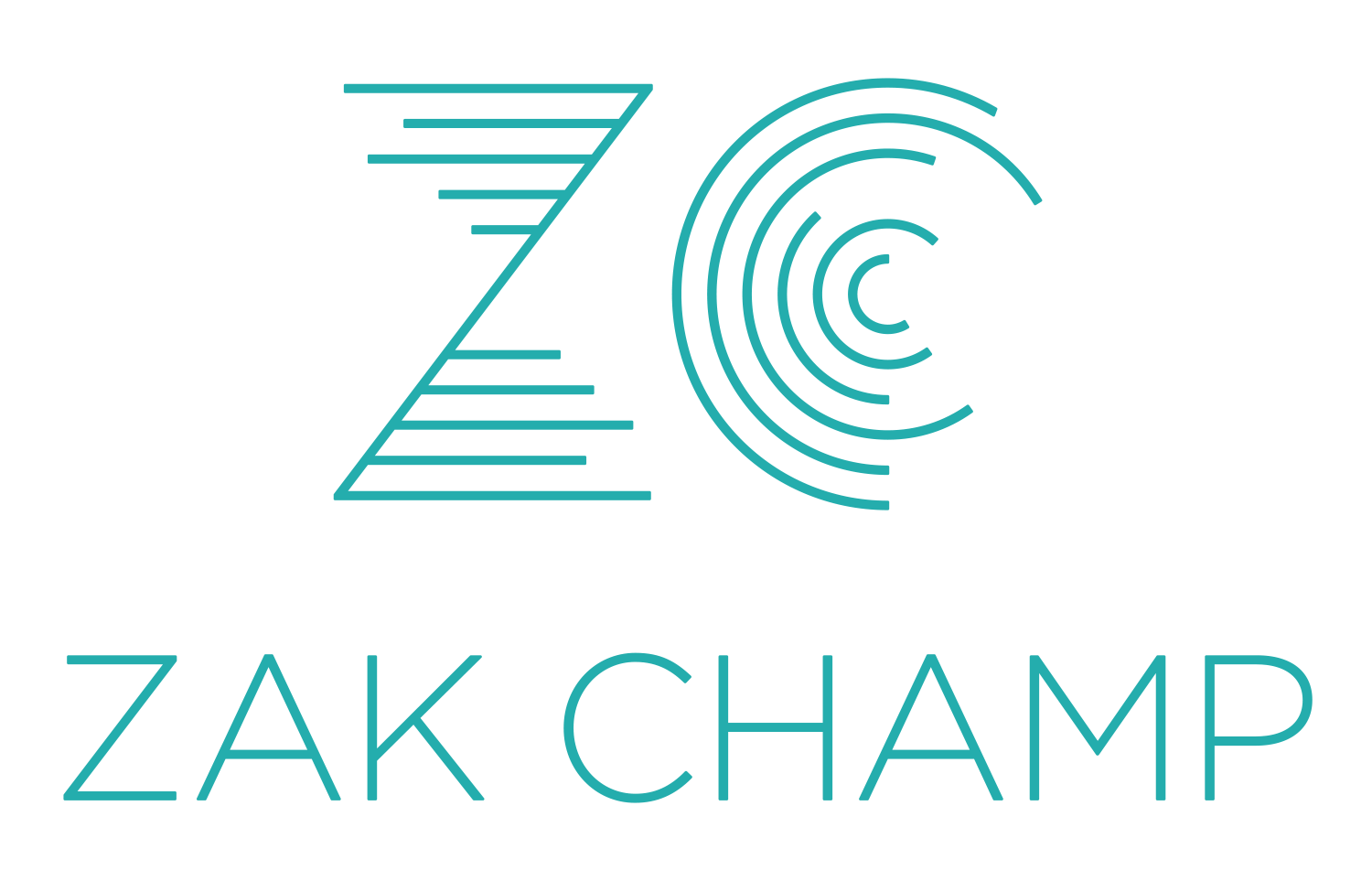Student-Centered Teaching During a Pandemic
In these unprecedented times, we are doing things we never thought we would be doing. I teach 6, 7, and 8 year olds, and we’ve spent 114 days together building community, doing math together, and focusing our lessons around student conceptions.
And now, for at least the next 4.5 weeks, we have been charged with moving our work to a virtual space.
I know that all of us are faced with this challenge/opportunity, and many folks are doing incredible things to transform their classrooms online. But, what worries me is that we (as a math education community) are going to revert to worksheets and practice because that’s the only way we see that we can interact without having a group of students physically in front of us. We’ll end up showing them how to do something, give them practice work, grade the work, then give them more work.
So, I’m actively trying to work against that plan with my kiddos. And here’s the current plan.
Each morning our kiddos will get five short videos (morning meeting, language arts, read aloud, IB, and math). *Note: For this post, I’m going to focus on the math component, but the other content areas have a similar trajectory.
The student’s work begins by viewing the video. The math video will focus on posing a problem and sharing student work (just like we would do on a normal day in our class). But, it will be a bit more stale – particularly in the beginning. Here’s the video for day one.
I decided that for day one, I’d pose a problem to the students that they completed before the break. After doing a modified version of our story problem routine (tell the story, have three students retell the story, generate questions that we could ask about the problem, and agree on one question to solve), I shared two pieces of student work and walked through each strategy. Then, I posed the new problems (one word problem for grade one and a different word problem for grade two) that I wanted the students to work on for the day.
From there the students will solve the problem in whatever way makes sense to them and record their thinking on blank paper.
We have also set up daily 15-minute meetings with each individual student. These are done via google hangout/meet and will be a chance to talk through any questions students have, work through problems together, and most importantly to listen to how they are solving problems! By the end of the day, the parents will take a picture of the student’s work and submit it to us.
My plan, and hope, is that future videos will feature student work of students solving the problem from the day before. And, eventually, I want to work with our students so that I can record them explaining how they solved the problem and from there, I can include those videos in our daily lesson video. From my perspective that is WAY better than me trying to interpret their written work. And, then I want to find ways for our students to interact with each other. This may be the most difficult component given their ages. But, I’m envisioning some small group google hangouts where we share our thinking about a math problem or task, and we practicing listening to each other.
I fully expect for this work to be messy at first, just as it was establishing community and norms in a physical space. I also expect this work will morph and change in the upcoming weeks. But, my ultimate goal will continue to be to build community and focus on student thinking. While, it seems overwhelming to do that virtually right now with my young students, I believe we owe it to them to figure out. I trust that this opportunity will allow us all the chance to learn how to not make virtual learning just drill and practice and continue to engage our students as mathematicians who think, communicate, listen, share, and challenge each other as we learn together.

